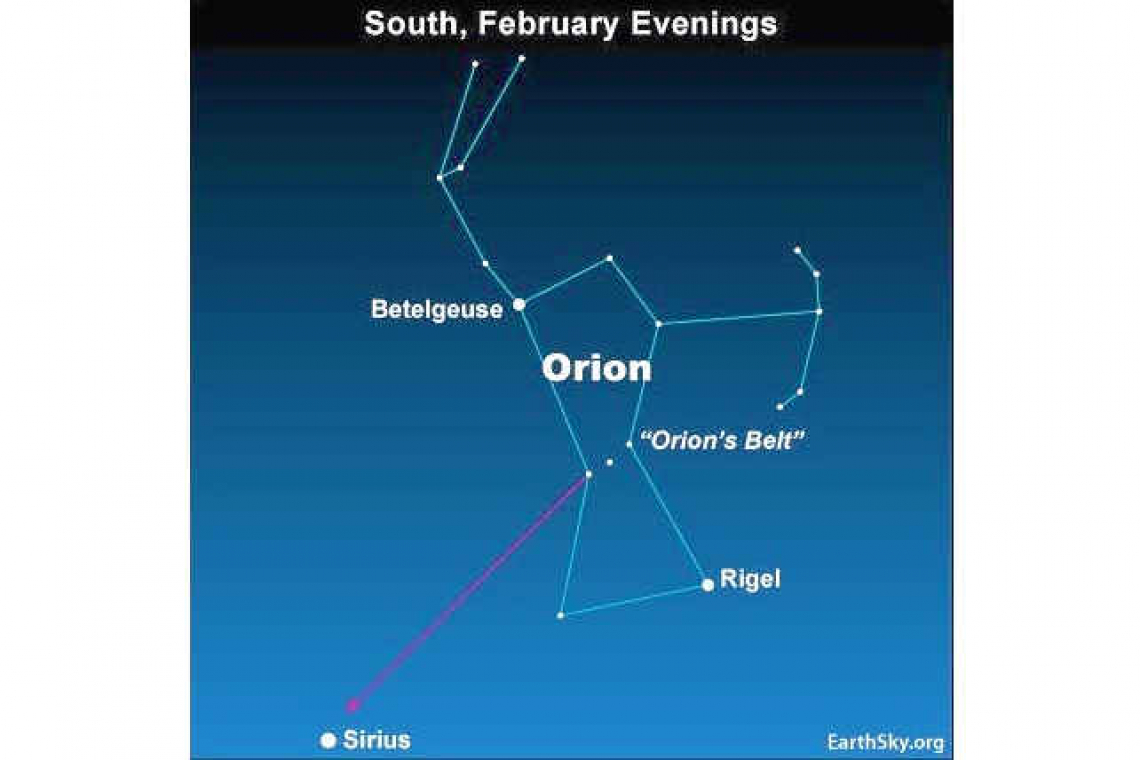~ St. Maarten’s Backyard Astronomy for December 17-19 ~
Sun rises at 6:37am
Sun sets at 5:40pm
Lunar phase: full moon
Moon set: 6:05am
Moon rise: 5:19pm
This weekend features a glorious full moon and the approaching climax of the Winter Solstice – the shortest day of the year and the longest night. Appreciate both simultaneously, noting how the natural rhythms and cycles of the solar system bring us our days, nights, seasons and years. The full moon of December is variously given the tag Cold Moon, Child Moon and Oak Moon. Which name resonates with you?
This past week, I made friends with Canis Major, the Big Dog constellation. It happened without my planning for it – serendipity played her part I suppose. I was searching for the Geminid Meteor Shower, which peaked in the early hours of Monday morning. I was out from 1:00am until 3:00am (peak viewing hours) and found the sky alive with starlight and billowing clouds eerily lit by the moon and reflected streetlights. I’ll blame the clouds for obscuring enough of the sky to restrict my view of the meteor shower. Sadly, I saw none, but I don’t regret the time spent in the effort, because I received a gift. I was dazzled by Sirius, the brightest true star in our entire celestial dome, and the primary star in the constellation Canis Major.
I glimpsed among the clouds, the three-star belt of Orion poised overhead. I knew then the Winter Circle was there behind the clouds. As I continued to watch for meteors, I saw Aldebaran, the primary star of Taurus, peeking through, a celestial stone’s throw to the west of Orion. It was then that I caught sight of a majestically brilliant star to the east (or left) of Orion’s belt, and near this powerful beacon, two stars of similar brightness which I mistook to be the twin stars of Gemini. I was wrong, though, and only through this error was I able to be amazed anew by the glory of Sirius and the Big Dog in the sky.
I went into the house to remind myself of the location of the constellations of the Winter Circle by checking the stellarium.org page on my tablet. This assured me I wasn’t seeing a planet, but what I had spotted was indeed Sirius, and the “twin stars” were actually two stars of a three-star set that form the tail of the dog, the third star obscured by a cloud. Gemini sits on the opposite side of the Winter Circle, on the southeast edge, well “above” Orion’s shoulder, marked by the bright star Betelgeuse.
Nature is a treasure trove for those with an attitude of curiosity. Being a life-long learner will keep you humble and grateful. I encourage you to keep alive that sense of a wonder, develop your child-like mind. I have been studying backyard astronomy for many years, and writing about it in these pages for more than a decade. It took a failed attempt to see meteors streaking across the night sky for me to realize just how blessed I am to see Sirius as if for the first time.
Thank you for keeping up with the Night Sky articles designed for St. Maarten sky viewing. If you are out later on in the week, each star rises about four minutes earlier each day than written here, and the moon rises 50 minutes later. Night Sky is researched and compiled by Lisa Davis-Burnett. Earthsky.org is a key resource for information and images. Questions or comments? Email This email address is being protected from spambots. You need JavaScript enabled to view it.







